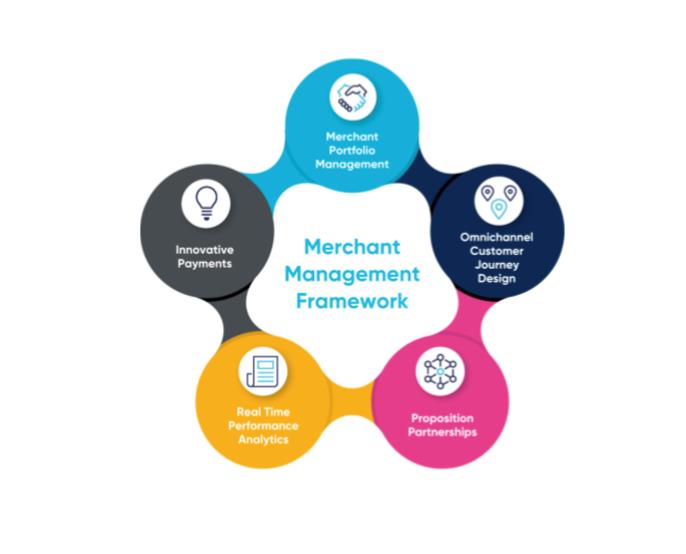The Future of Payment Acceptance

How Digital Payments Are Changing The Consumer-Merchant Relationship
By Mark Dillon, Solutions Marketing Director, Ingenico
If the old adage ‘all payments are local’ remains broadly true and pithily memorable, the preoccupations of payments providers are harder to distill into a single phrase that encapsulates their concerns and can act as a lodestar for how they should act. All payments may be local, but how should payment providers who operate cross border and want to reap the full benefits of the scale and reach that they have achieved, often by dint of multiple acquisitions, act to serve their merchants whose concerns are a combination of the local, (say for a small independent merchant), and the global, (for chains operating in multiple markets, for example)?
It was to this conundrum that Edgar, Dunn & Company (EDC) and Ingenico set out to try and find answers in a survey of a broad spectrum of payment services providers (PSPs) and a meta-analysis of recent research on the topic conducted across different geographies that was published in April this year.
The first part of the paper identified the challenges facing the industry: cost containment, how to grow revenues, how to introduce new technologies (in the pursuit of the first two objectives), and how to leverage new opportunities like data and AI. So far, so unsurprising. The conclusion is a touch more complex. It can be summed up as: ‘Merchants need to renew their value propositions’. Which means that PSPs need to work together with their merchants. That is all very well, but of course, the real question is, how? The answer to that lies in large part with the payment services providers themselves. It is incumbent on them to prioritize merchant-centric approaches that foster collaborative innovation that will enable their merchants to change the way we pay and the checkout experience itself. If they don’t, then new, more agile players will take their place. Because while basic payments may be approaching the status of a commodity, merchants recognize value when they see it and are prepared to pay a premium for it.
EDC and Ingenico propose a five-point framework that PSPs can use to guide how they develop winning merchant strategies for the future. The framework suggests managing the merchant portfolio, designing omnichannel customer journeys, partnering for value, mining the data, and accepting an increasing array of payment methods.
Merchant Portfolio Management
Since Adam Smith, specialization has been recognized as key to industrial performance, and verticalization in payments is already a fact if you consider the number of specialist ISVs that integrate a payments component in their offering. PSPs need now to do the same and develop tailored strategies and dedicated teams with deep expertise in specific markets that are popping up elsewhere. This expertise allows them to develop high-value partnerships, and they can start by applying these strategies first to their Tier One customers before rolling out to SMBs.
Omnichannel customer design
In an omnichannel environment it is the seamlessness of the journey that makes the difference. But omnichannel is in its early stages and standardized omnichannel experiences have yet to emerge. That’s why PSPs need to remain flexible and use their data to drive the developments that will create these seamless experiences across different touchpoints. In other words, they need to work with their clients to see what the practical use case is. Then do it. It may seem obvious, but again, players like Stripe and Adyen have been doing this for a long time and have made it their business to create strong omnichannel cases. Others need to follow.
Proposition Partnerships
Interview participants were unanimous in vaunting the importance of partnerships to deliver services that go beyond core payments. The days when everything had to be homemade seem to be behind us. Working with a partner to deliver a service and letting them deliver it, whether as an API or an Android App. But partnerships have also become a way of distributing payment services in a win-win formula for everyone involved. These collaborations accelerate the innovation cycle (and time to market), lead to greater merchant satisfaction, and generate increased loyalty (and lower churn).
Real-Time Performance Analytics
In 2024, it would be churlish not to mention AI as a source of value. And, of course AI will be a huge source of value in payments where it has already started to be used in areas such as fraud detection and prevention. But AI relies on data, of which there is much already. Using that data in real-time to inform decision-making both for the PSP and for merchants can drive performance for everyone: preventative maintenance in devices to ensure uptime and reduce costs, peer benchmarking for merchants to compare their performance, and analysis of merchant churn risk combined with suggested services to stave off defection to competitors. These are just some of the uses that data, combined or not with Generative AI, can be put to by PSPs for their benefit and that of their merchants. The study was clear that more could be done with existing pools of data than at present to the benefit of everyone. Waiting for AI, like Waiting for Godot, shouldn’t be an excuse for nothing to happen twice.
Innovative Payments
Nobody is suggesting that scheme payments are going to disappear any time soon. (Well, some people are. So, at the risk of being proved wrong, I would wager that Visa, MasterCard, and many of the domestic schemes will be around for a long time yet). But ‘tell me how you pay, and I’ll tell you who you are’ remains a truism, and so the segmentation that new payment methods simply means that they are a requirement if the PSP is to remain relevant to particular types of merchants. Many of the characteristics of how these are delivered – through partnerships, perhaps using an aggregator which does the settlement – are similar to what is at stake with proposition partnerships discussed above. But it should not be forgotten that the payment flow, whether it is subject to regulatory scrutiny or not, is not just mission critical, it goes to the heart of what PSPs do. If a loyalty card transaction fails, it may be annoying, but life goes on. If a payment transaction fails, the customer needs to find another way to pay. Or worse, if it is authorized and then settlement doesn’t happen, the result is likely to be a very angry merchant. So extending payment acceptance to new so-called ‘Advanced Payment Methods’ will require special rigor. PSPs who are credible in this domain will have an advantage over players with more limited offerings.
Payments move at a different pace than other technologies. The need for genuinely failsafe, rigorously secure systems that are rolled out everywhere, from the glitziest hotel to the dingiest corner store, has in the past slowed the scope for innovation. But this is changing. The rise of e-commerce, where deployment is less of an issue, has driven customer expectations to new heights. Adopting the framework described above – which we don’t pretend to be a radical, but rather a practical way of addressing concrete areas for improvement – can help them drive change at the counter level (in both the hotel and the corner store) while reaping the benefits of increased economies of scale and lower costs.

Mark Dillon is Solutions Marketing Director at Ingenico, the global leader in payment acceptance and services. He graduated from University College Dublin in Economics and Political Science and in Business Administration from the University of Strathclyde in Scotland.
Based at Ingenico’s head office in Paris, where he now lives, he has extensive international experience in all areas of payments, both on the issuing and acceptance side.